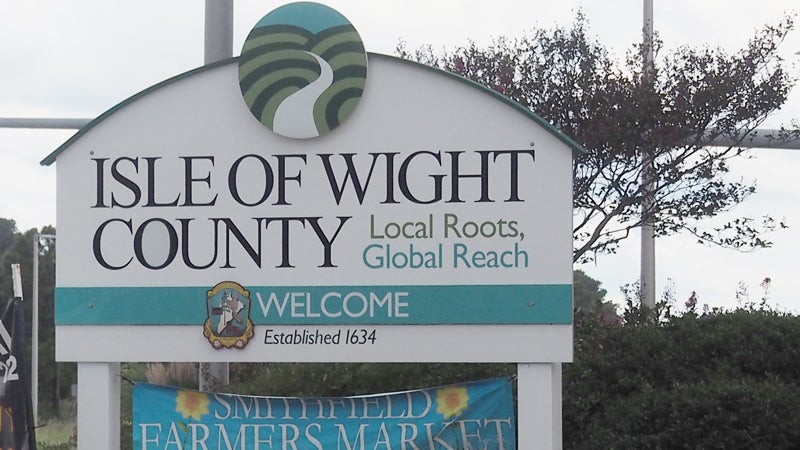Census looming, redistricting not far behind
Published 7:50 pm Tuesday, January 7, 2020
By Diana McFarland
Editor
The Isle of Wight County Board of Supervisors were briefed Thursday on the upcoming 2020 U.S. Census, and what follows — redistricting.
Of major consideration 10 years ago — preclearance — is no longer necessary, said Isle of Wight Assistant County Administrator Don Robertson.
Preclearance was part of the Voting Rights Act of 1965, where jurisdictions in selected southern states had to prove that changes to voting districts did not discriminate against minorities, and one way to do that was by creating minority-majority districts. Preclearance referred to those jurisdictions needing pre-approval of their plans from the U.S. Department of Justice. {mprestriction ids=”1,2,3,4,5,6″}
If a jurisdiction failed to obtain preclearance, it could open it up to lawsuits from private plaintiffs.
That changed in 2013, when the U.S. Supreme Court struck down the Act’s coverage formula, that was designed to avoid discriminatory practices. As a result, preclearance is no longer necessary.
Ten years ago, the committee formed to redraw district lines, based on the 2010 census, were challenged with coming up with a minority-majority district.
“I would be extremely surprised if you could get one today,” said Robertson of how the county’s demographics have changed in the past 10 years.
Robertson said it may not be possible to get a minority-majority district with five voting districts, but may be possible with seven or nine.
In 2010, Isle of Wight was 24.7 percent African American and 71.8 percent white, according to the U.S. Census.
Current Census estimates for 2019 have Isle of Wight as 72.7 percent white and 23.4 percent black. The Hispanic population also increased, from 1.9 percent in 2010 to 3.3 percent in the 2019 estimate.
The debate over to keep five districts versus moving up to seven was also heated 10 years ago. Since then, it has remained a campaign issue when various Board members have run for their seats.
In last year’s election, Smithfield District Supervisor Dick Grice was in favor of seven districts, while Newport District Supervisor William McCarty said he wanted the residents to decide. Windsor District Supervisor Joel Acree did not say either way when the issue came up at a candidate forum.
The challenge during the last redistricting was carving out two minority-majority districts if the county was going to go with seven — as was required at the time, said Robertson, adding that is no longer required.
During his briefing Thursday, Robertson advised the Supervisors that they need to consider how they want to address redistricting, such as forming a citizen’s committee, as was done 10 years ago. Another consideration is how much does the Board want to include input from the towns of Smithfield and Windsor.
Later, Robertson said the Board may want to look at the two voting districts named after the county’s two towns — Smithfield and Windsor. It can be confusing for some folks who vote in those districts, but do not live within the town boundaries, he said.
The last redistricting also resulted in some quirks.
One is that one side of Grace Street in Smithfield’s historic district was put in the Hardy election district, rather than Smithfield.
As a result, those living on the one side of Grace Street have to drive to First Gravel Baptist Church to vote, rather than go to The Smithfield Center, which is within walking distance.
The Windsor District now stretches into parts of what was historically considered Carrollton, and the Carrsville District now runs from the southern tip of Isle of Wight County along its western edge, nearly to the James River.
{/mprestriction}





